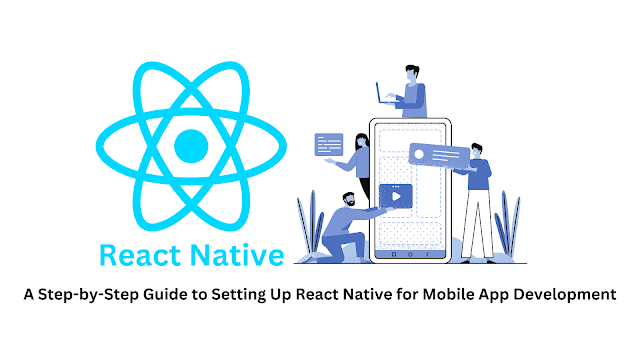Introduction
React Native has emerged as a powerful and popular framework for building cross-platform mobile applications. Leveraging the advantages of React, it allows developers to create high-performance, native-like apps for both iOS and Android platforms using a single codebase. In this blog post, we will provide a comprehensive, step-by-step guide to setting up React Native, including the necessary tools, dependencies, and configurations, to get you started on your mobile app development journey.
Section 1: Prerequisites and System Setup
1.1 System Requirements
- Understanding the minimum system requirements for React Native development.
- Compatible operating systems and versions.
1.2 Node.js and npm Installation
- Installing Node.js and npm, the essential tools for React Native development.
- Verifying the installation and setting up the environment variables.
Section 2: Setting Up Development Environment
2.1 React Native CLI Installation
- Installing the React Native Command Line Interface (CLI) for creating and managing projects.
- Setting up the development environment for React Native projects.
2.2 Java Development Kit (JDK)
- Installing JDK for Android development with React Native.
- Configuring the JDK path and verifying the installation.
2.3 Android Studio and SDK Setup
- Installing Android Studio for Android app development.
- Configuring the Android SDK and setting up Android Virtual Devices (AVDs) for testing.
2.4 Xcode and iOS Setup (For macOS Users)
- Installing Xcode for iOS app development (macOS users only).
- Verifying the Xcode installation and setting up iOS simulators.
Section 3: Creating a New React Native Project
3.1 Initializing a New Project
- Using the React Native CLI to create a new project.
- Understanding the project structure and files.
3.2 Running the Project on Emulators/Simulators
- Executing the React Native app on Android Virtual Devices (AVDs) or iOS simulators.
- Troubleshooting common errors during project execution.
Section 4: Understanding the Project Structure
4.1 Anatomy of a React Native Project
- Understanding the key directories and files in a React Native project.
- Familiarizing with essential components like App.js and index.js.
4.2 Configuring Project Dependencies
- Managing project dependencies using npm or yarn.
- Integrating popular libraries and packages for enhanced functionality.
Section 5: Debugging and Development Tools
5.1 Debugging React Native Apps
- Using React Native Developer Tools for debugging.
- Leveraging Chrome Developer Tools for in-depth debugging.
5.2 Hot Reloading and Live Reload
- Implementing hot reloading and live reload for faster development.
- Understanding the differences between the two options.
Section 6: Testing and Building the App
6.1 Testing the App on Real Devices
- Running the app on physical Android and iOS devices for testing.
- Enabling Developer Mode and USB debugging for Android devices.
6.2 Building the App for Release
- Generating release-ready APK (Android) and IPA (iOS) files.
- Preparing the app for submission to app stores.
Conclusion
Setting up React Native for mobile app development is a crucial first step in building cross-platform, high-performance applications. By following this comprehensive guide, you have learned the essential prerequisites, system setups, and configurations needed to kickstart your React Native journey. As you dive deeper into mobile app development, continue exploring the vast React Native ecosystem, experimenting with libraries, and honing your skills to create innovative and impactful mobile experiences. Happy coding!












0 Comments